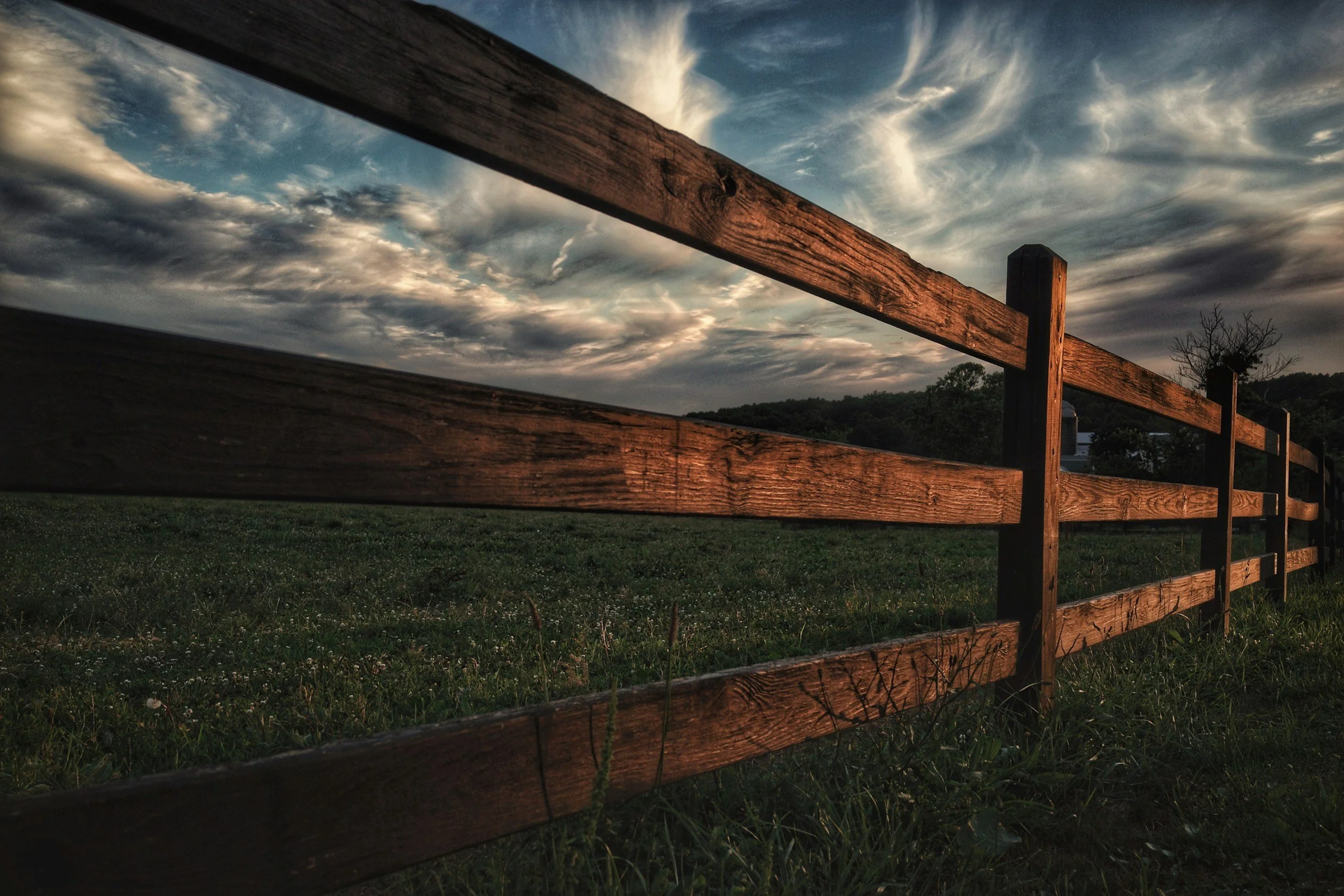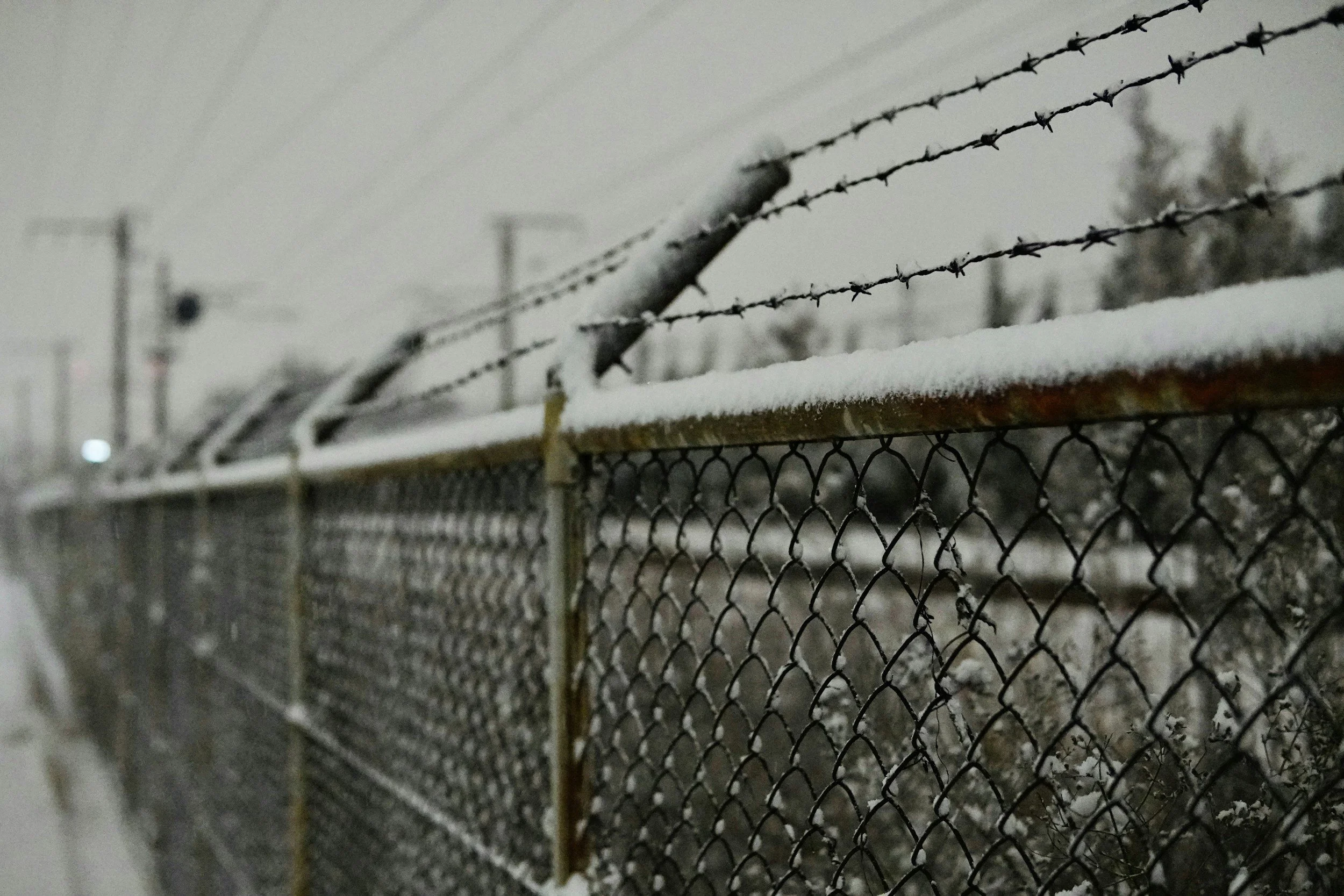How to Fence Your Rural Property in Utah
How to Fence Your Rural Property in Utah: Costs, Materials, and Zoning Tips
If you’ve recently bought land in Utah or are planning to, installing a fence might be one of your next steps. Whether it’s for livestock, privacy, or marking boundaries, fencing a rural property takes planning. Here’s a breakdown of what to know before you get started.
How Much Does It Cost to Fence Rural Land?
Fencing costs can vary based on acreage, terrain, and materials. On average, here’s what you can expect:
Barbed wire fence: $1.50 to $3.00 per linear foot
T-post and wire fencing: $2.00 to $4.00 per linear foot
Wood fencing (post and rail): $7.00 to $15.00 per linear foot
Electric fencing: $1.00 to $6.00 per linear foot
Most rural lots are several acres, so even low-cost fencing adds up. A 10-acre square parcel, for example, has about 2,640 linear feet to fence.
Tip: You don’t have to fence the entire property. Many landowners fence only where animals will be kept or along the most-used boundary lines.
Popular Fencing Materials for Utah Land
Here are the most common fencing types you’ll see on rural properties in Utah:
Barbed Wire
Used for livestock and perimeter fencing
Inexpensive and fast to install
Not ideal for pets or children
T-Post with Woven Wire or Field Fence
Good for large animals like goats or horses
More durable than barbed wire
Easy to adjust or repair
Post and Rail (Wood)
Often used for residential or entry areas
More costly and requires maintenance
Adds a finished look near homes or roads
Electric Fencing
Effective for keeping animals in or predators out
Requires a power source or solar charger
Can be temporary or permanent
Zoning and Fencing Rules in Utah
Before you start, check local zoning rules or county ordinances. Each Utah county may have its own fencing guidelines.
Common Rules to Watch For:
Height limits: Often 6 feet max in front yards, 8 feet in back
Setbacks: Some counties require fences to be set back from the property line
Livestock fencing: Agricultural zones may require certain fence types for animals
Shared fences: Neighbors may need to agree on shared boundary fences
In Duchesne, Uintah, or Wasatch counties, rural zoning is often flexible, especially if you’re outside of city limits. Still, it’s worth calling the county or checking the zoning map.
How to Plan Your Fence Installation
Fencing large acreage can be overwhelming, but here’s a simple process:
Step 1: Mark Your Boundaries
Use your survey or plat map to identify corners and lines. You can hire a surveyor if stakes are missing.
Step 2: Choose a Purpose
Are you fencing animals?
Marking property?
Creating privacy near a build site?
Knowing your goal helps narrow down materials and layout.
Step 3: Get Material Quotes
Call local farm stores or fencing suppliers in Utah. Many offer bulk discounts for large orders.
Step 4: Check Local Rules
Verify zoning, permits, and HOA restrictions (if any). Not all rural properties are unregulated.
Step 5: Hire or DIY
If the terrain is flat and you have the time, fencing can be a DIY job. For rough or hilly areas, consider hiring a pro.
Final Thoughts: Start Small, Expand Later
Fencing your rural property in Utah doesn’t have to be done all at once. Many landowners start with a corral, a driveway gate, or fencing around a homesite. You can always add more as your land use evolves.
Whether you're keeping animals in or trespassers out, a good fence is a smart investment.
Explore more tips about buying and using rural land in Utah or view land for sale with no credit check financing here.




